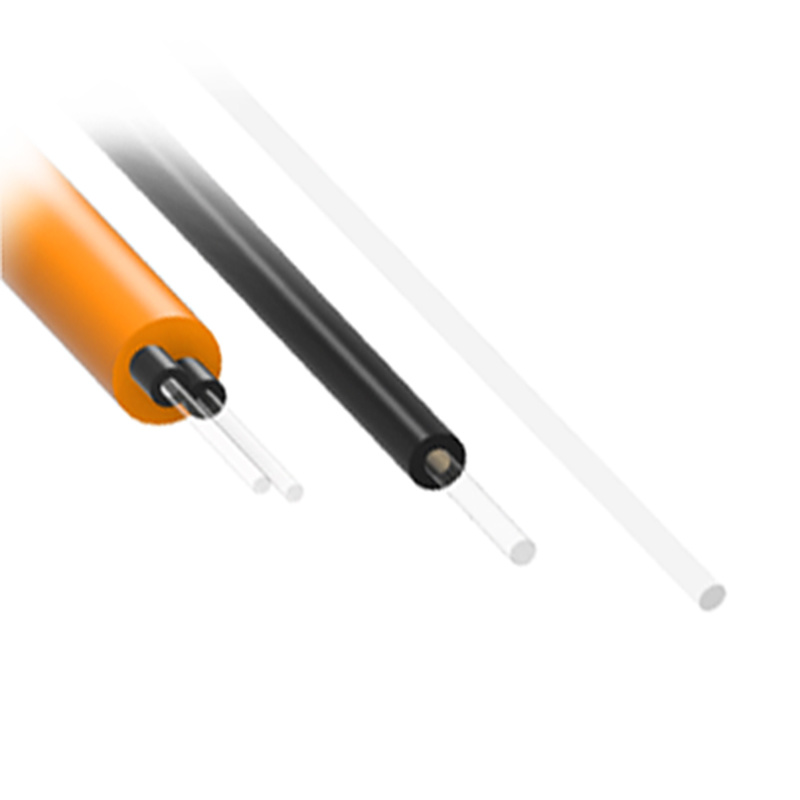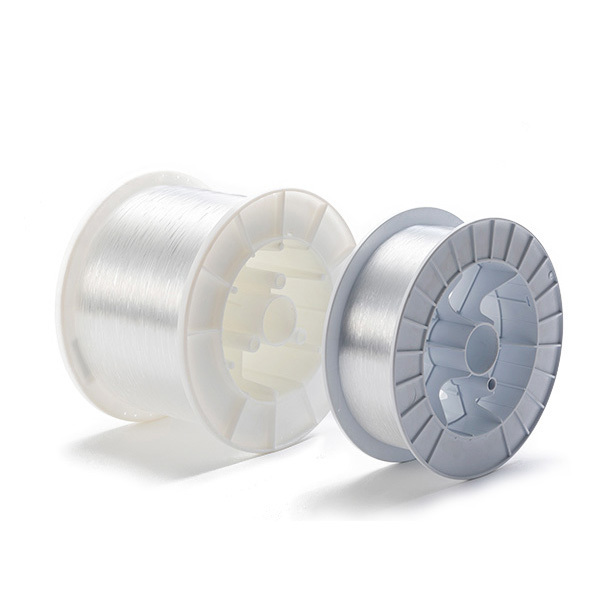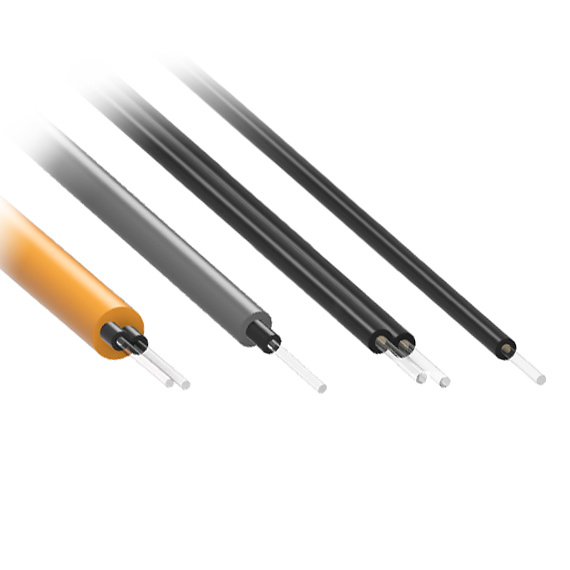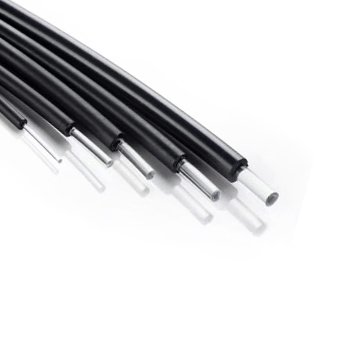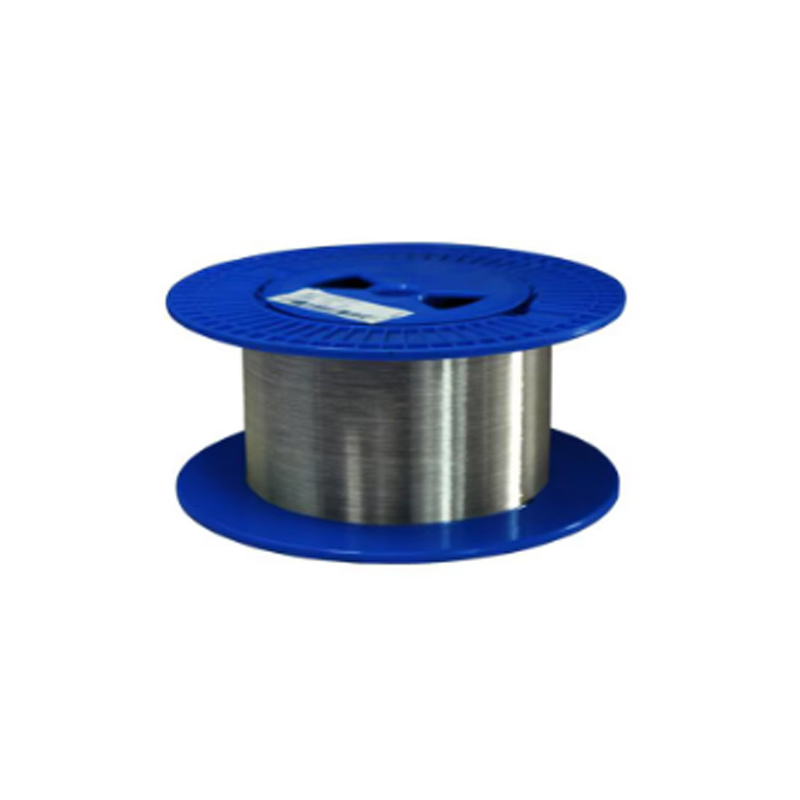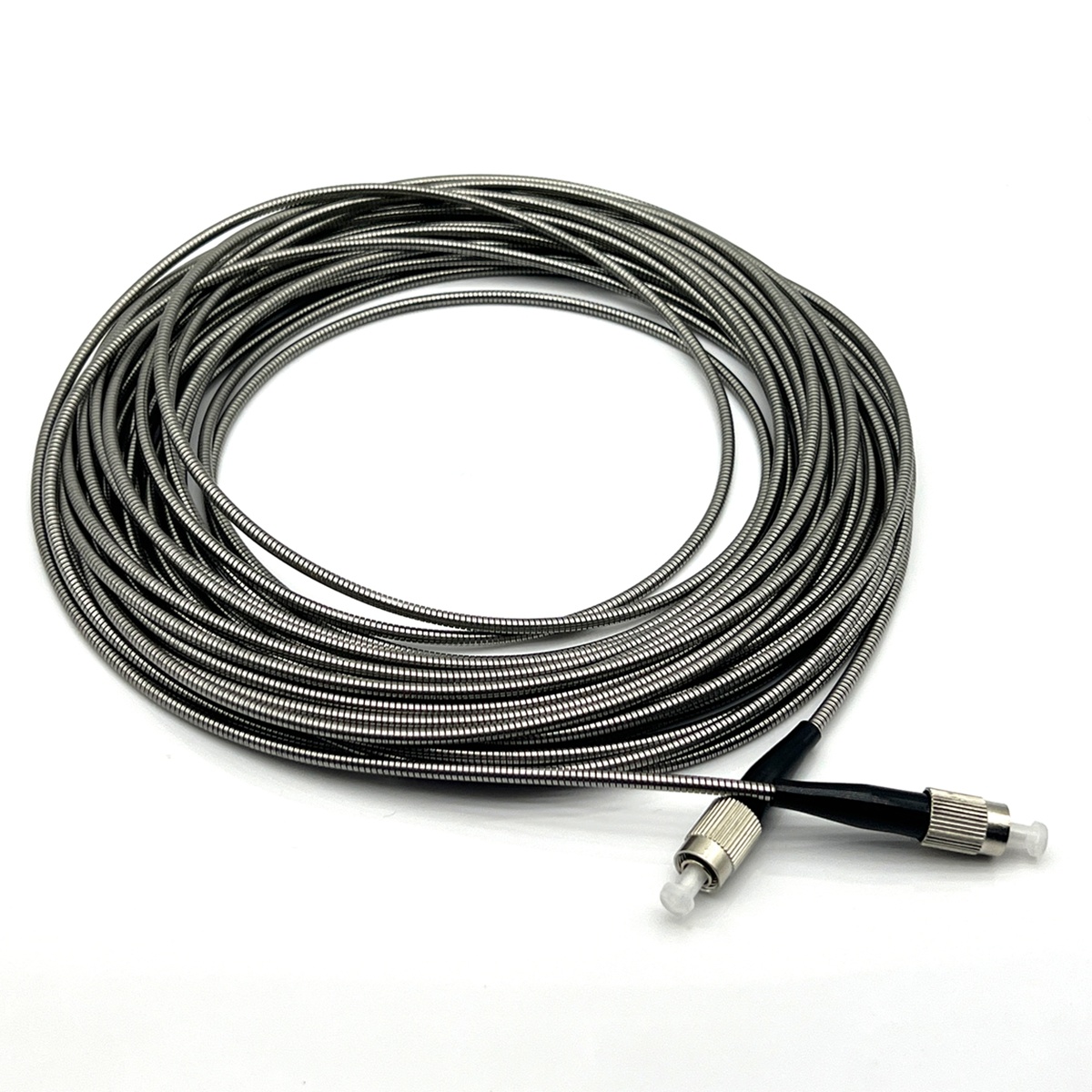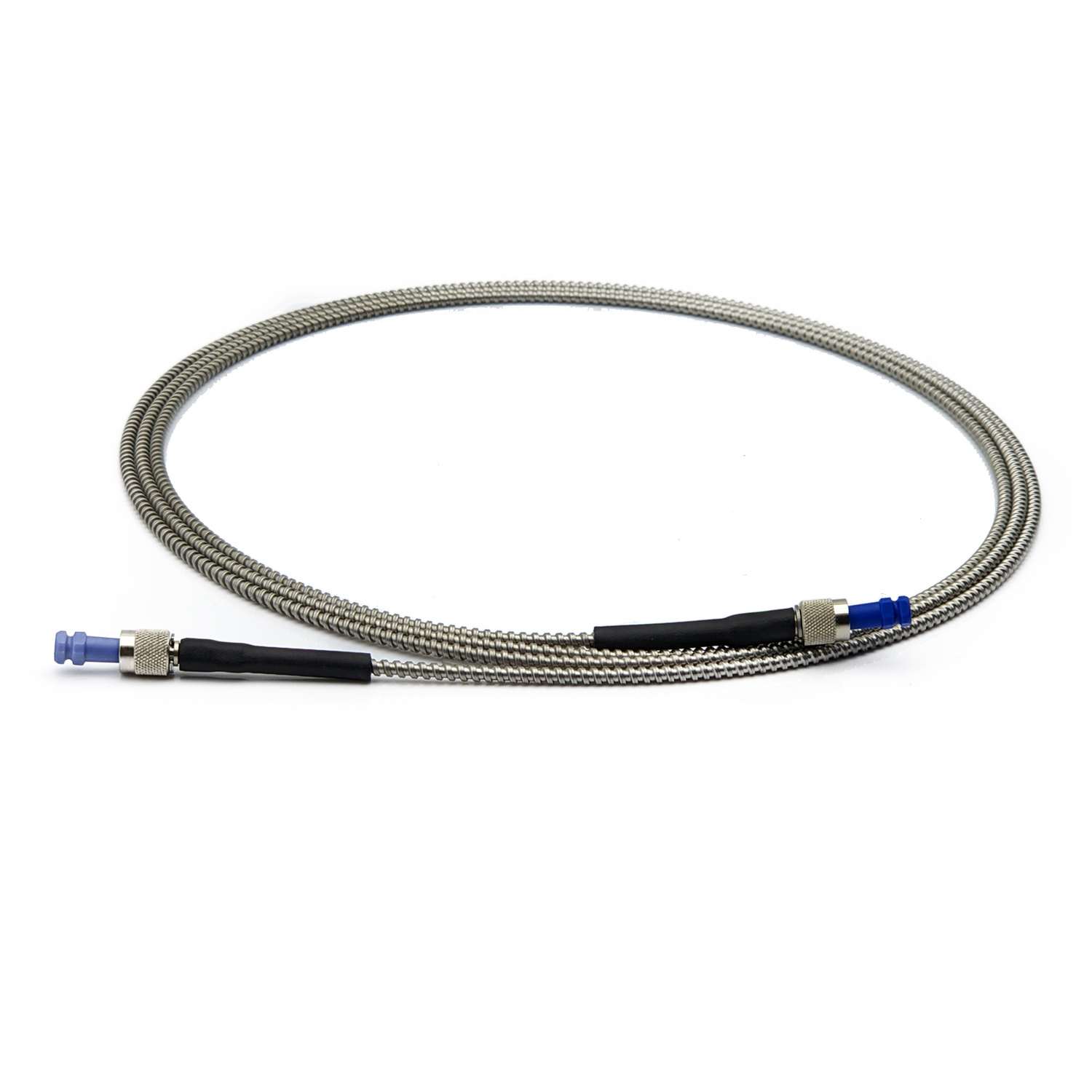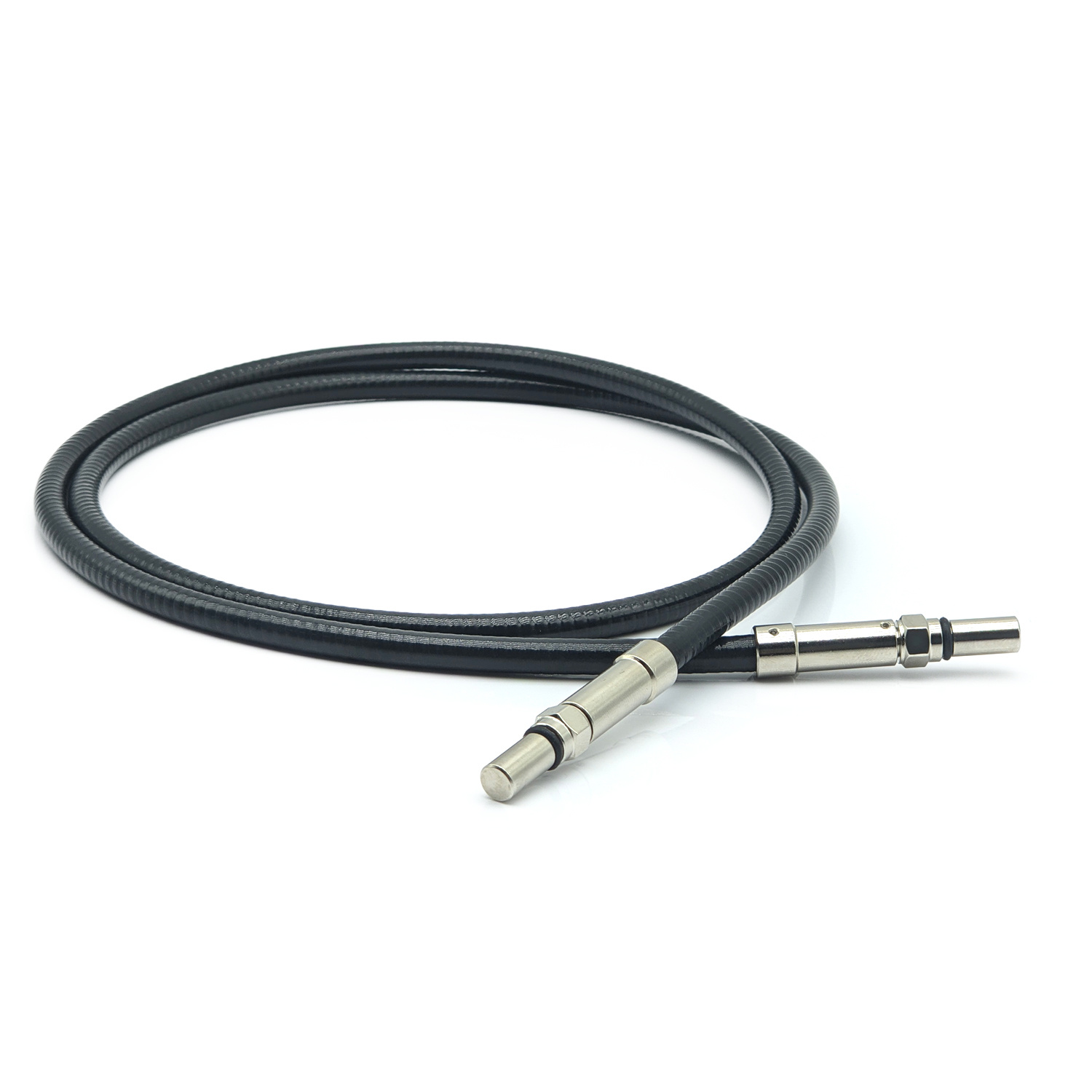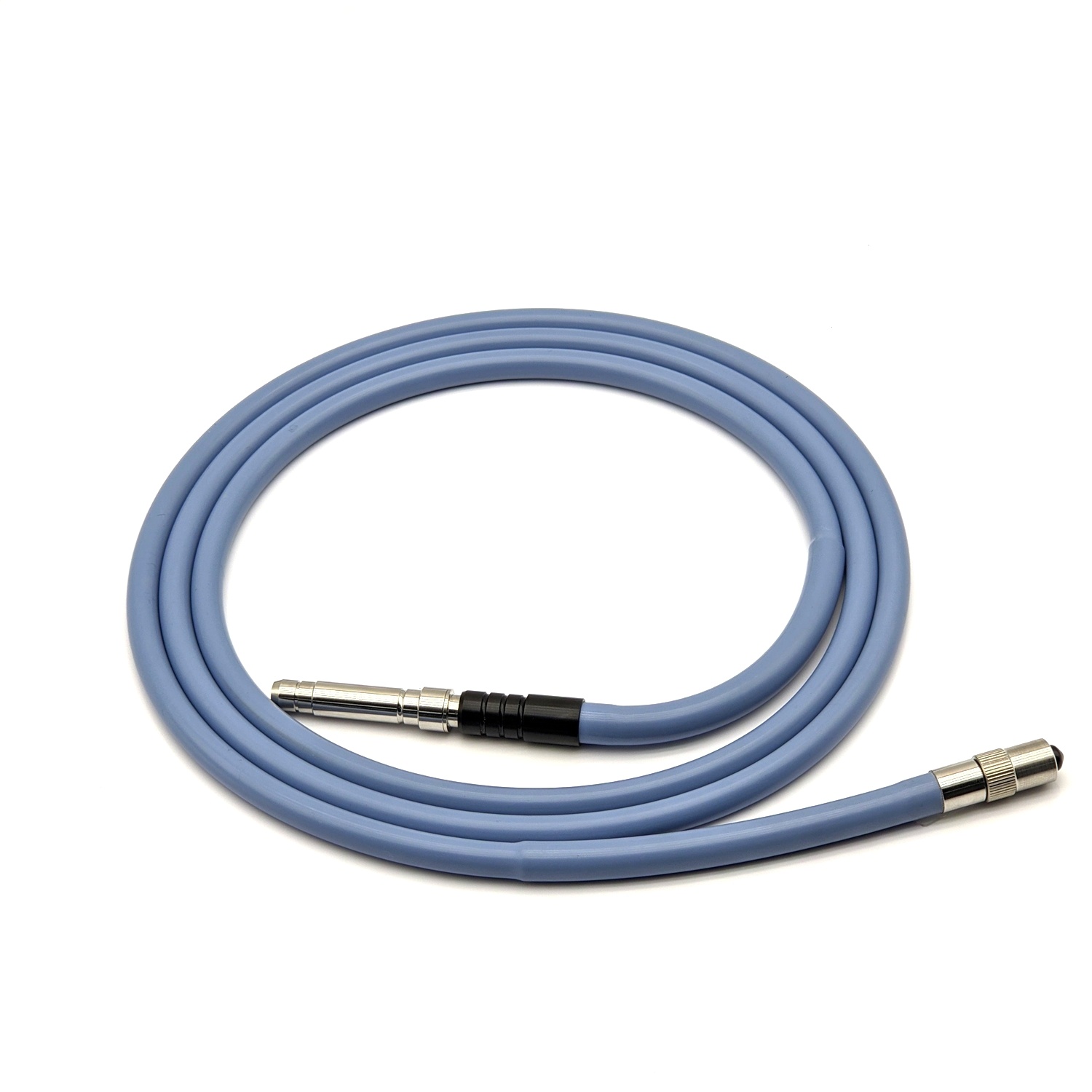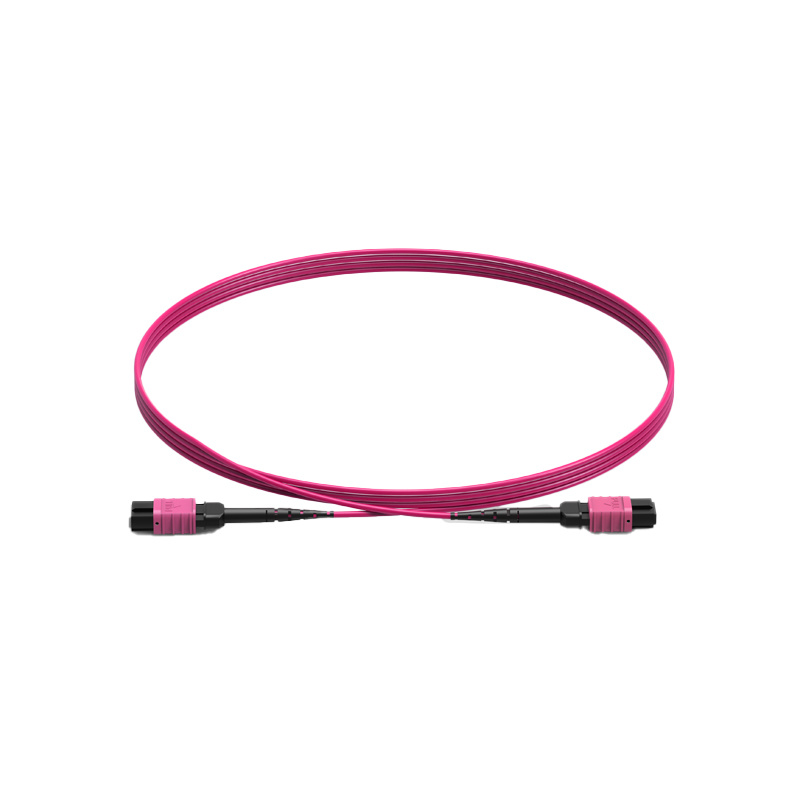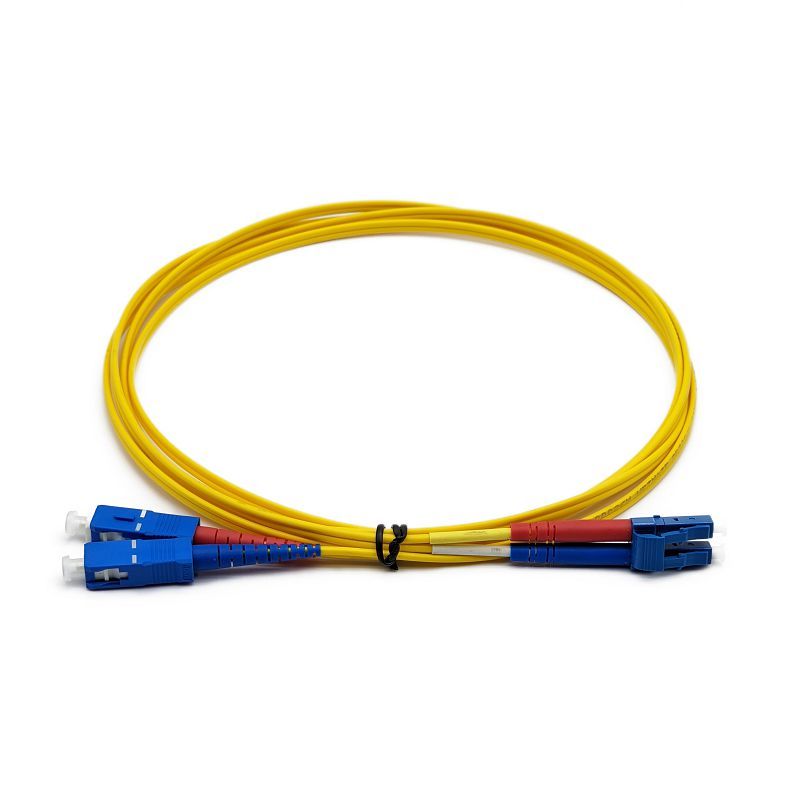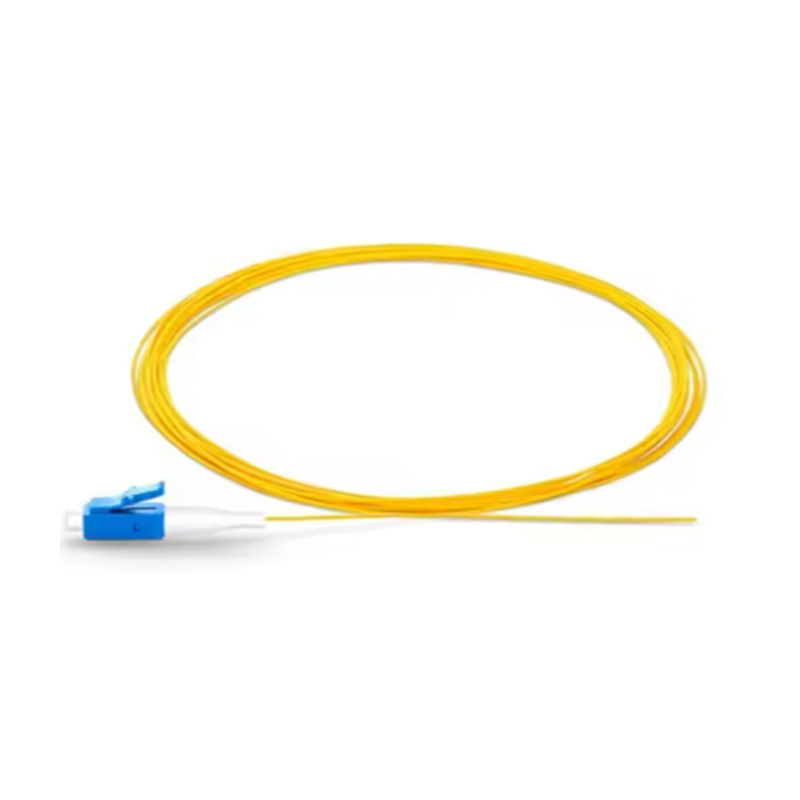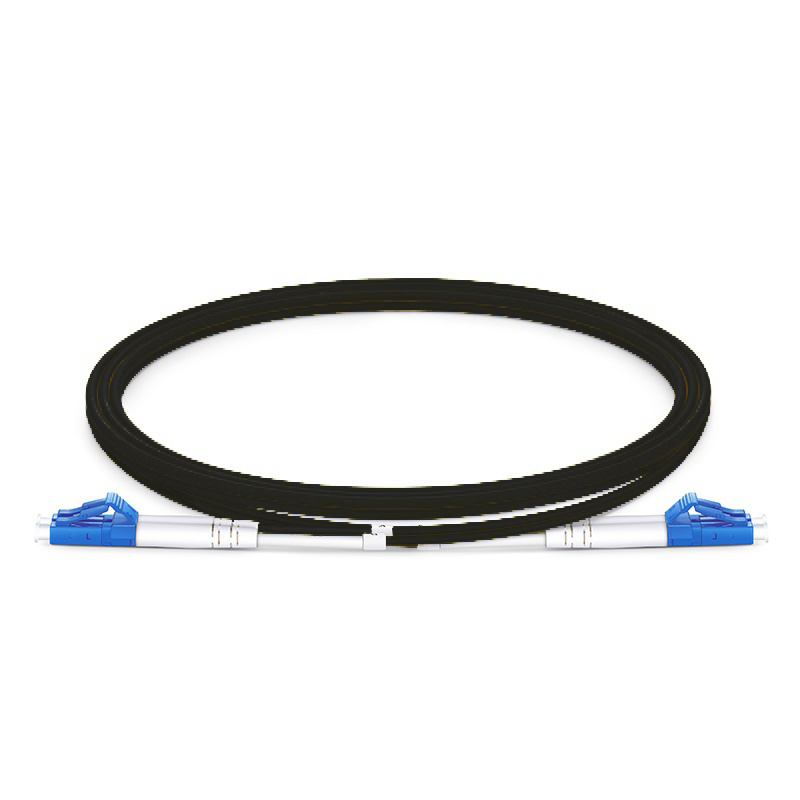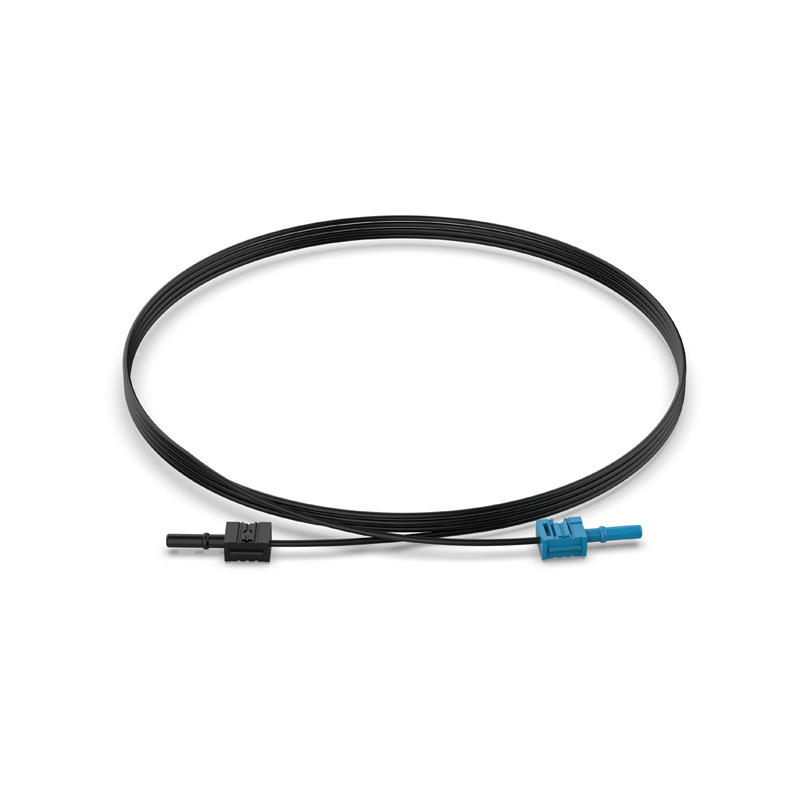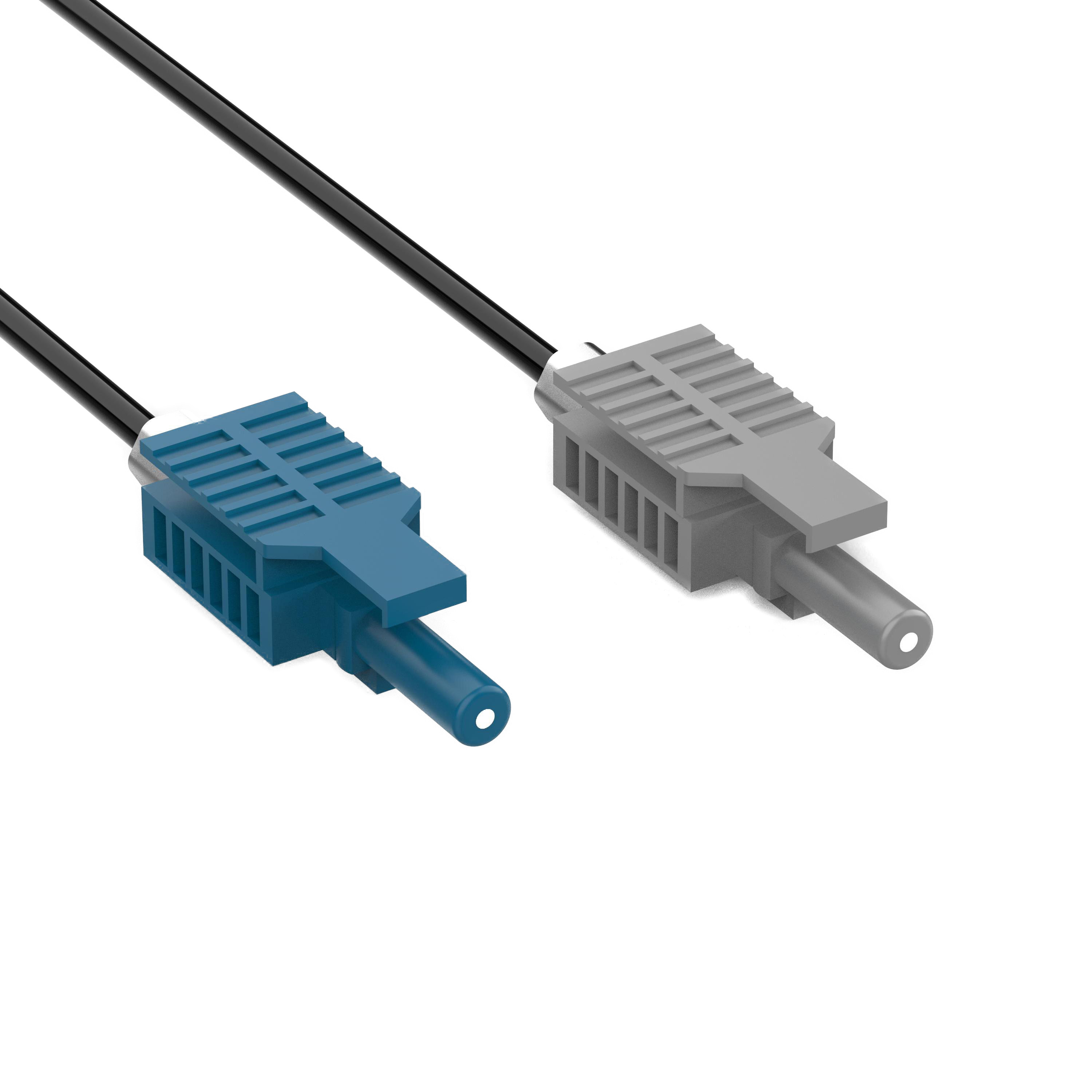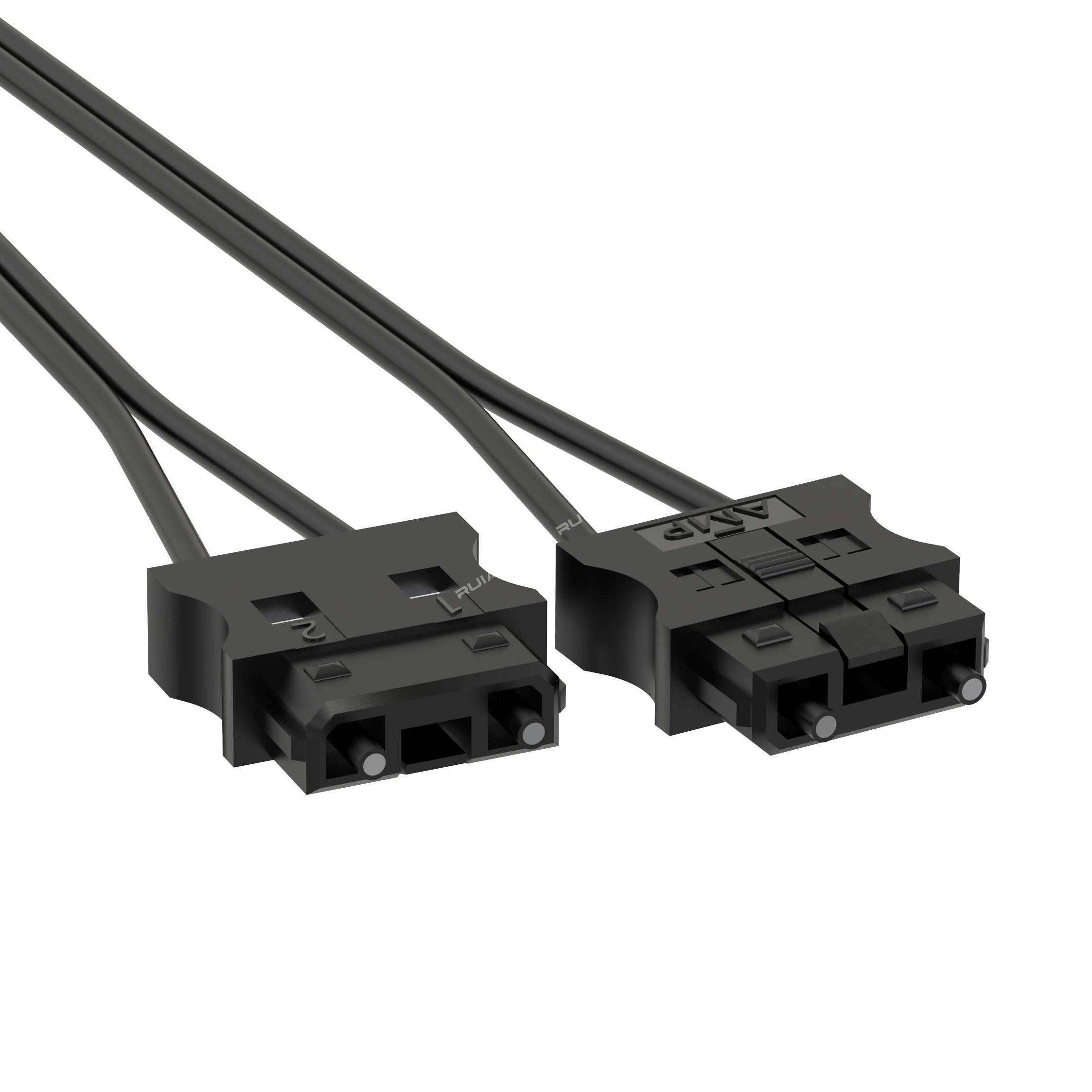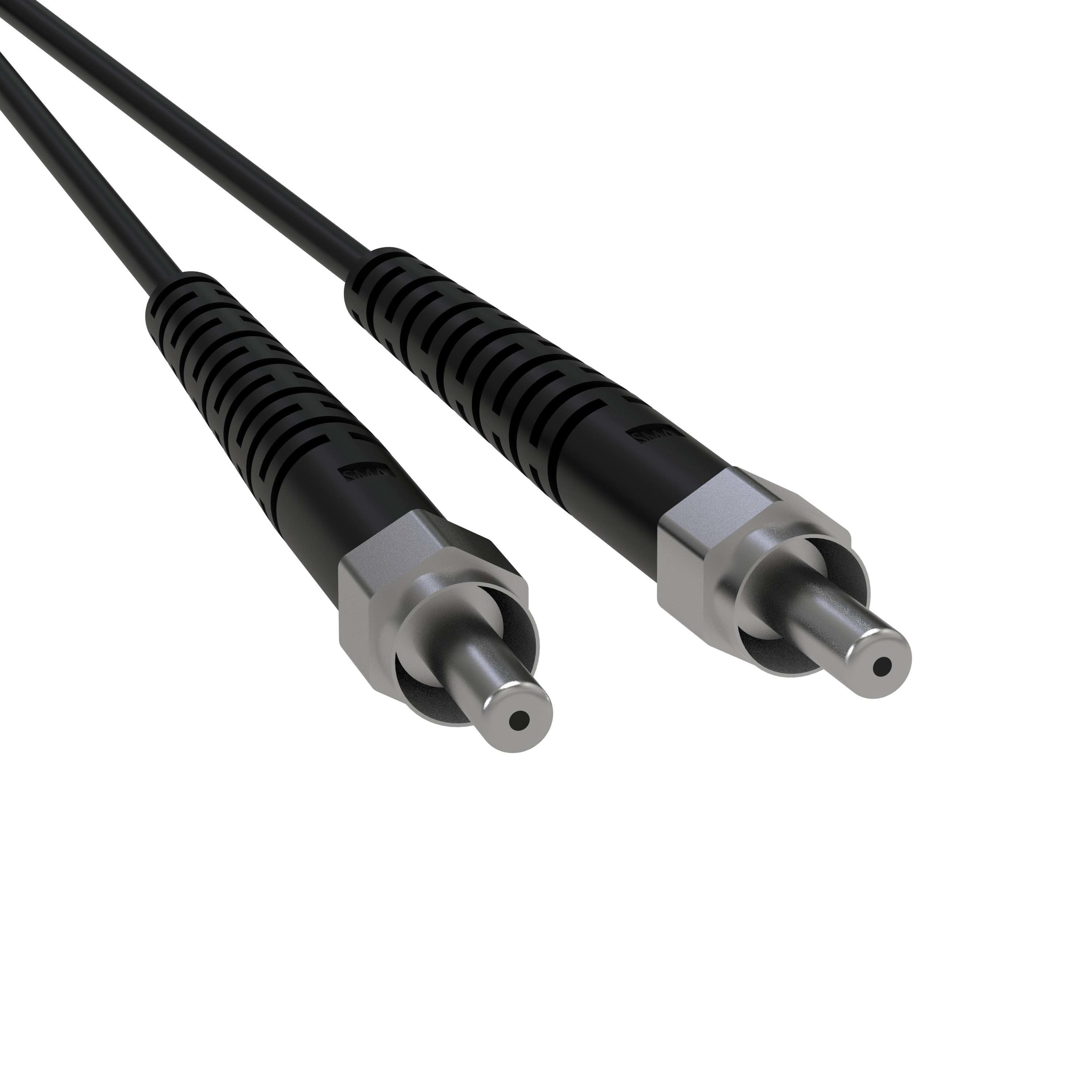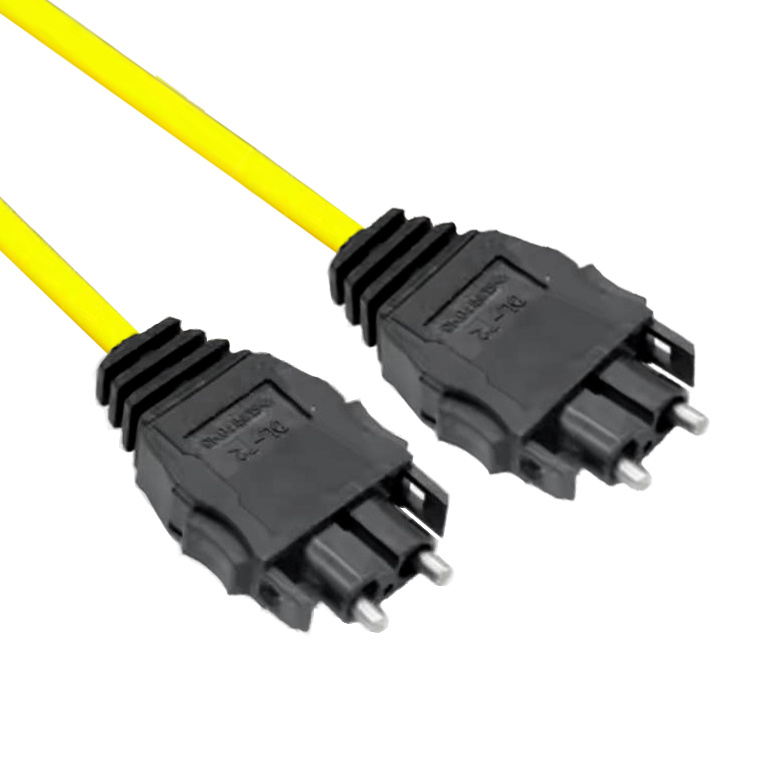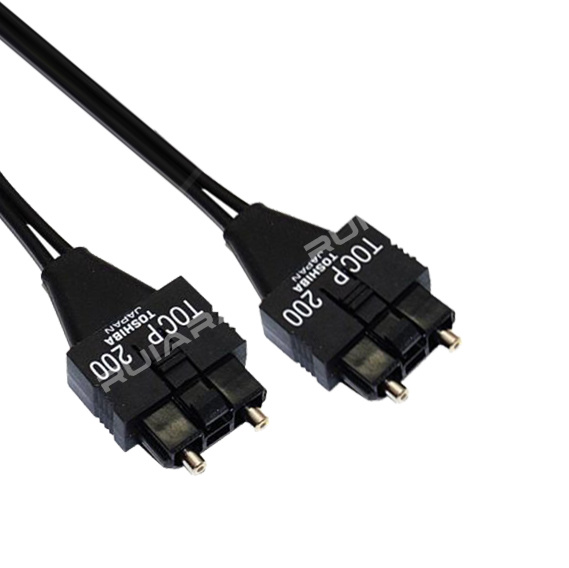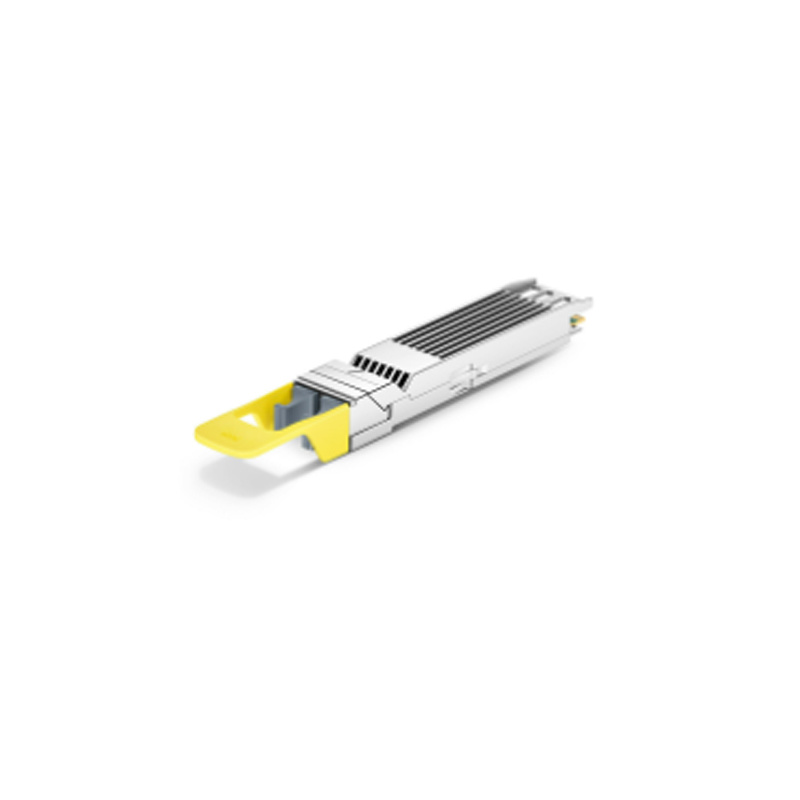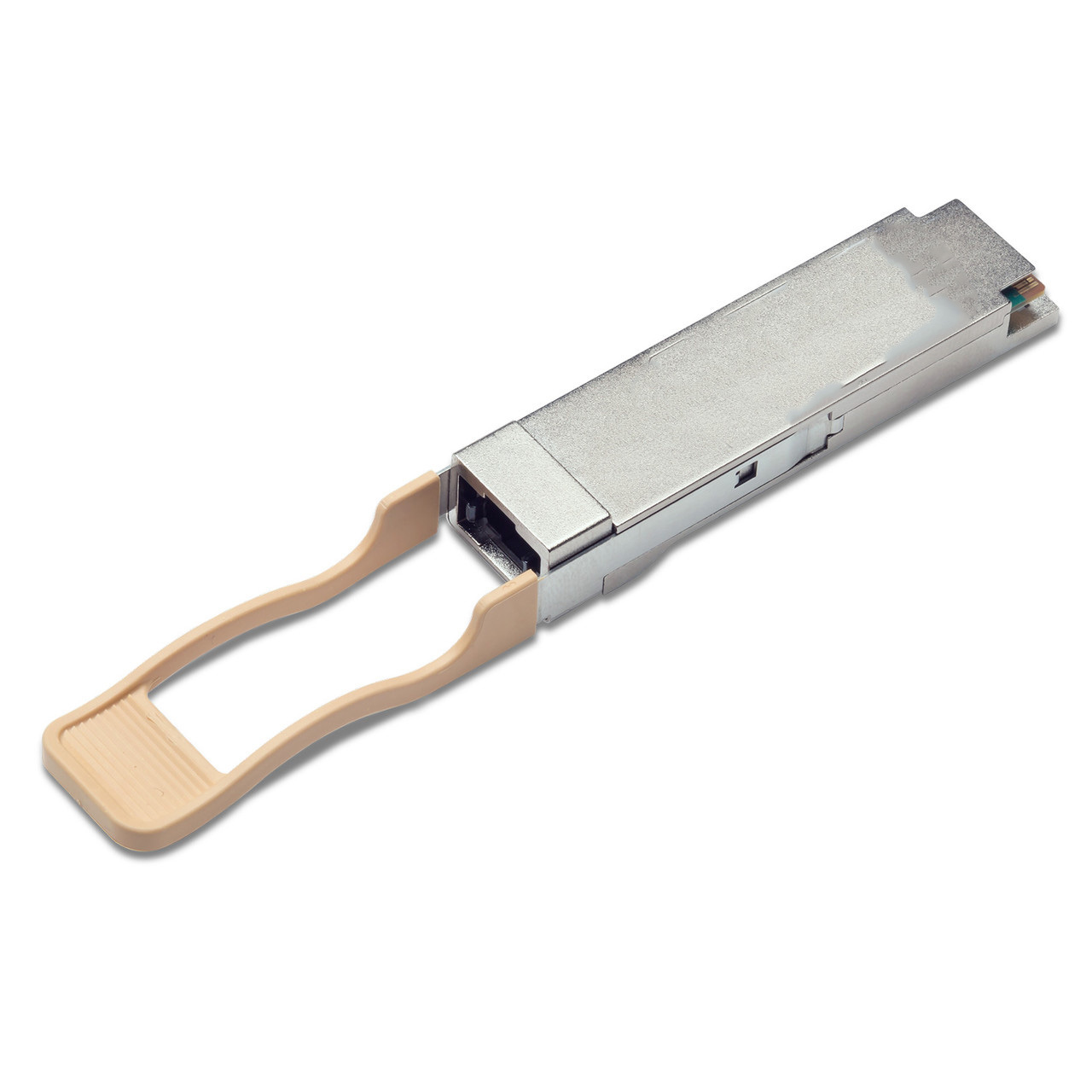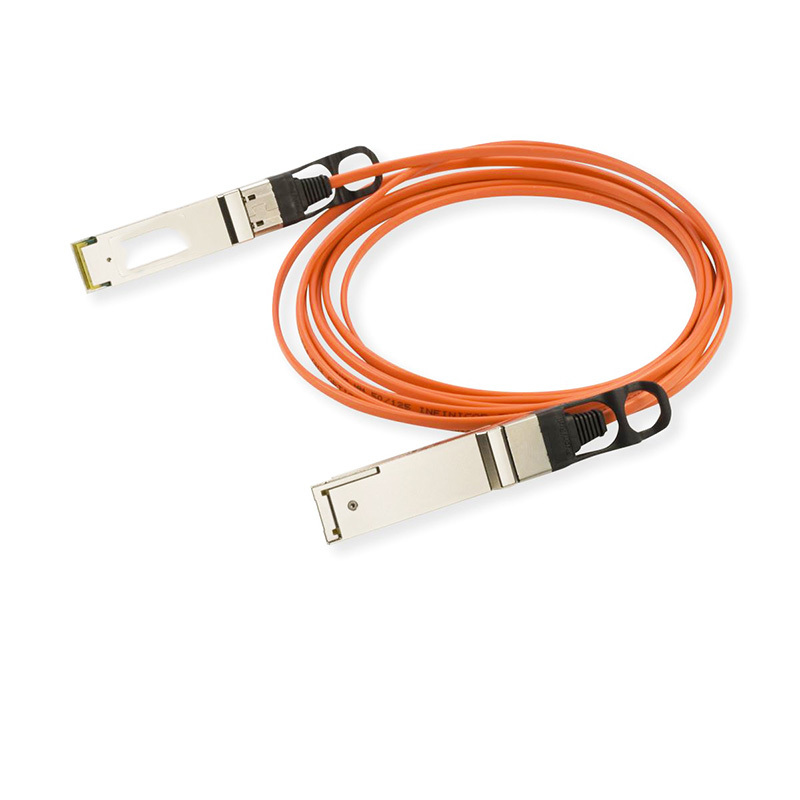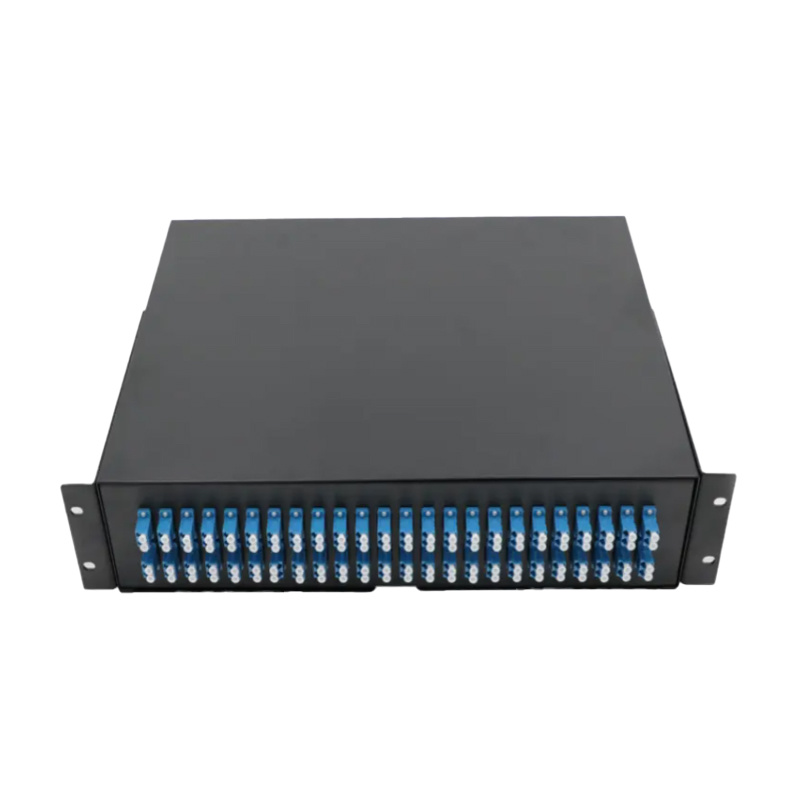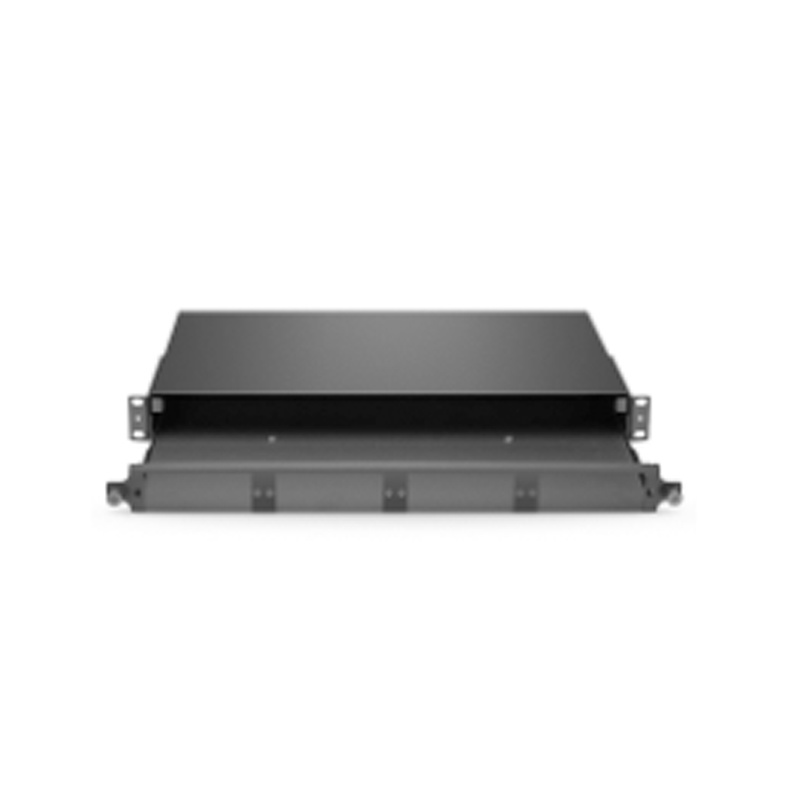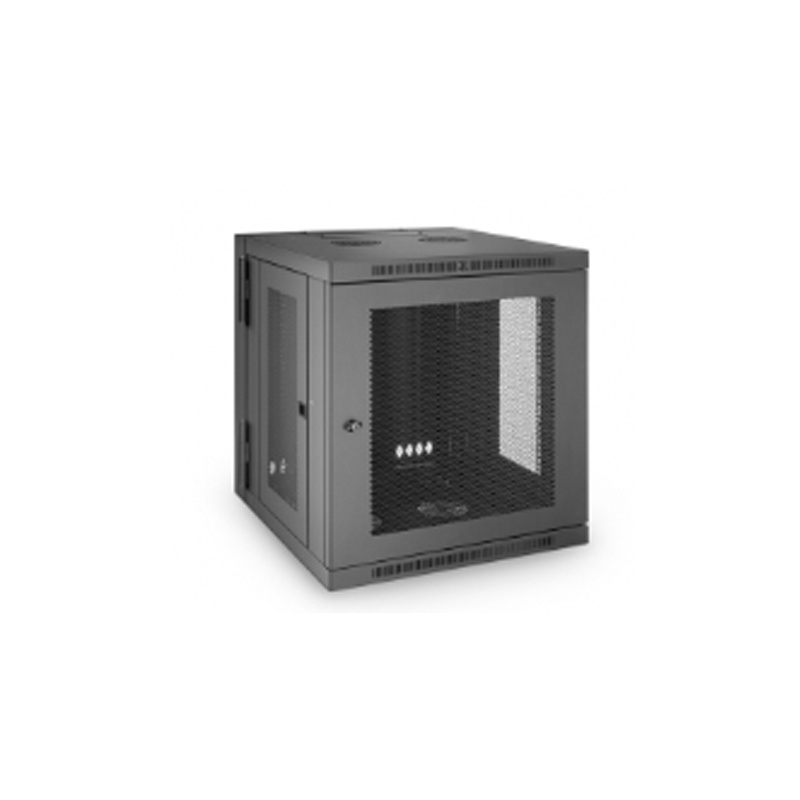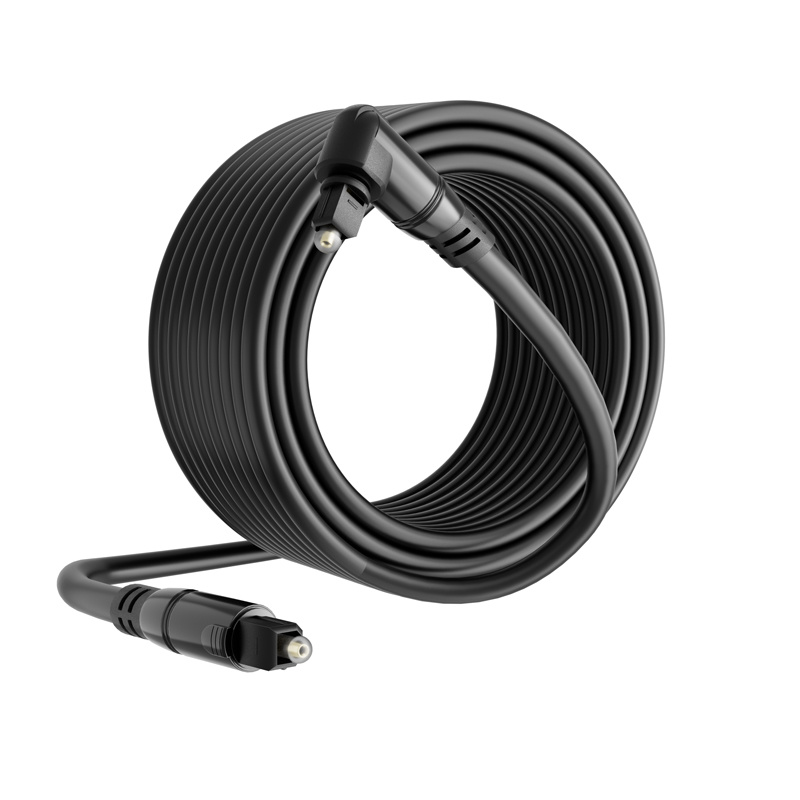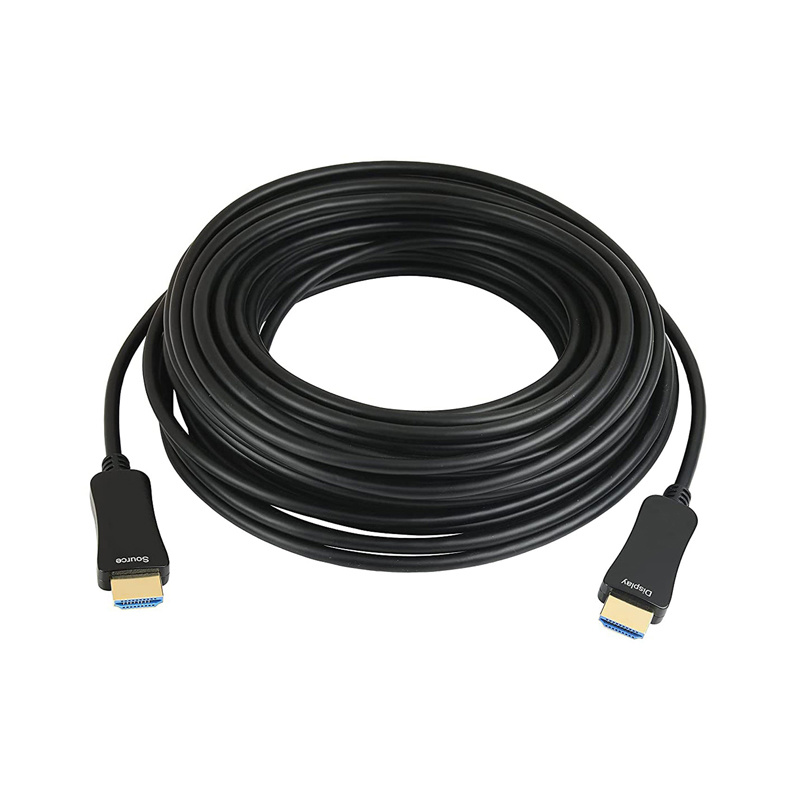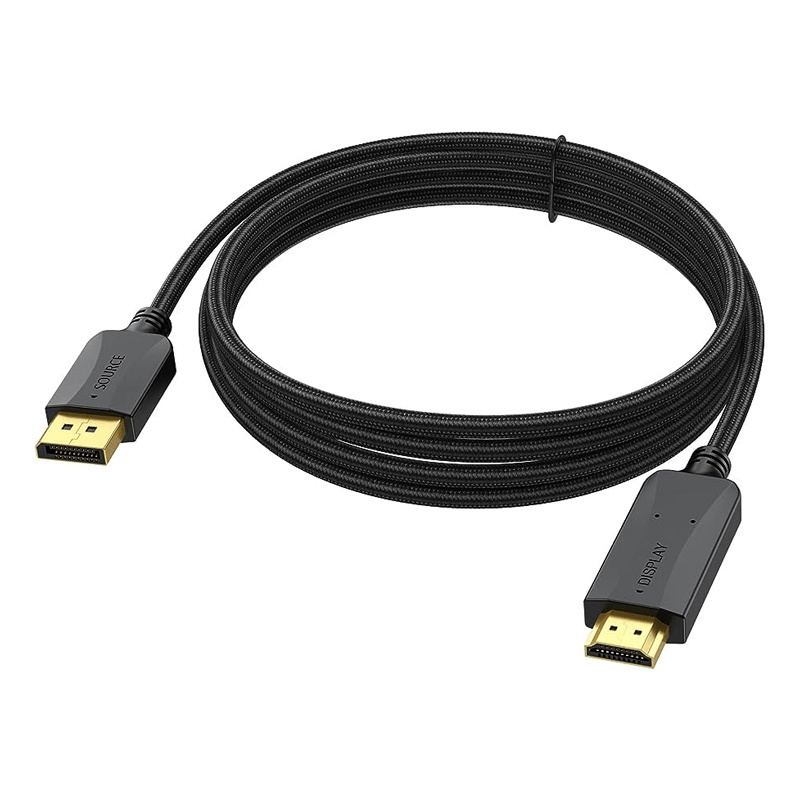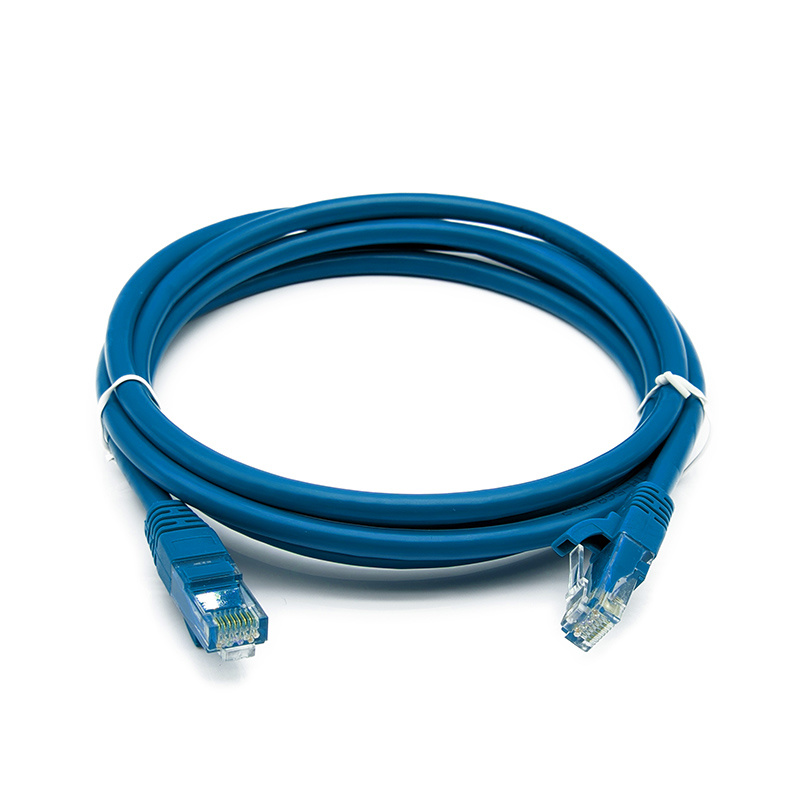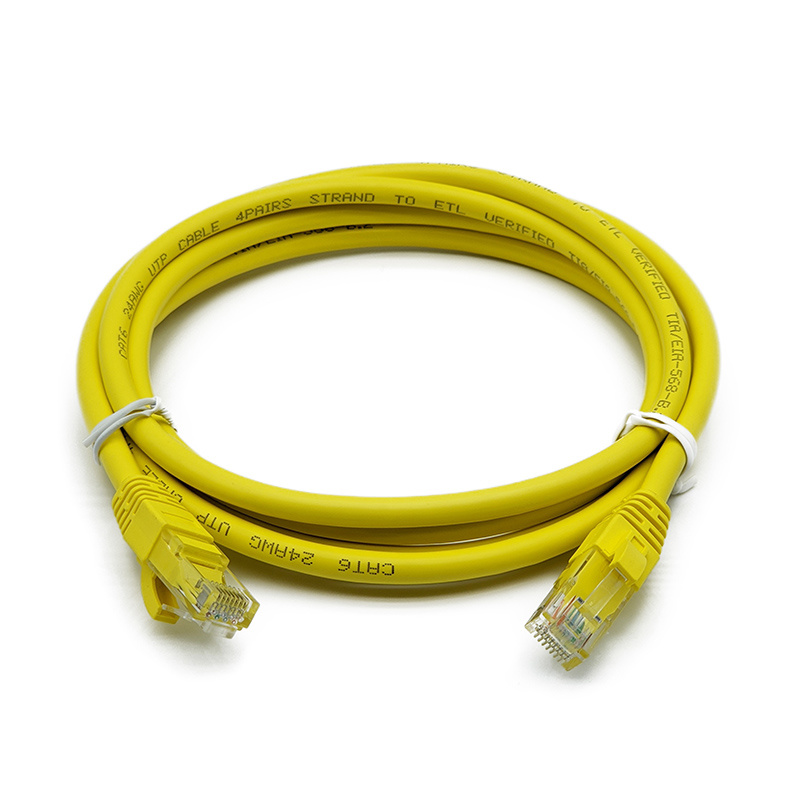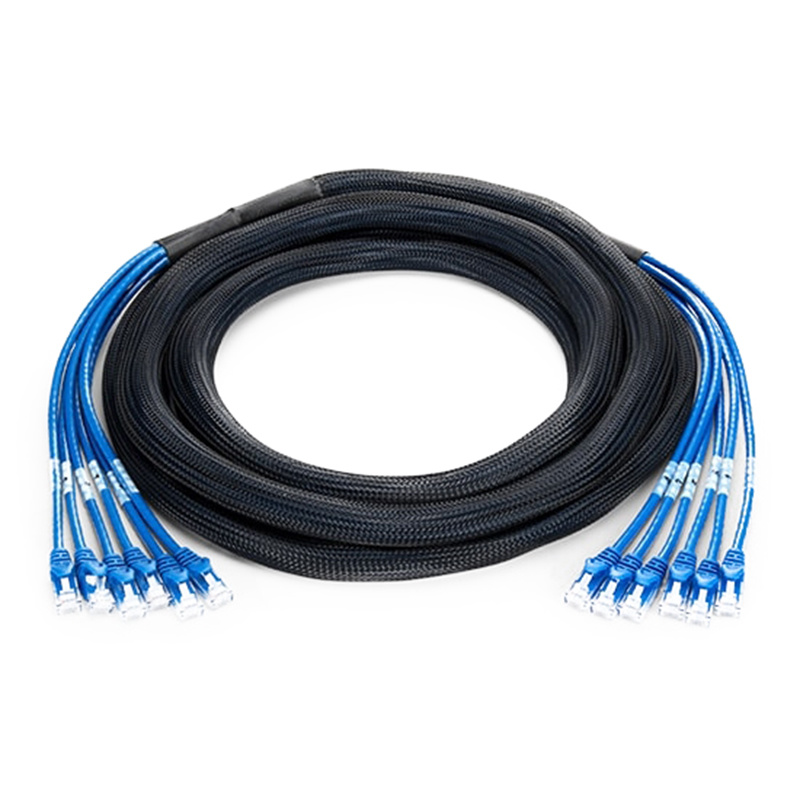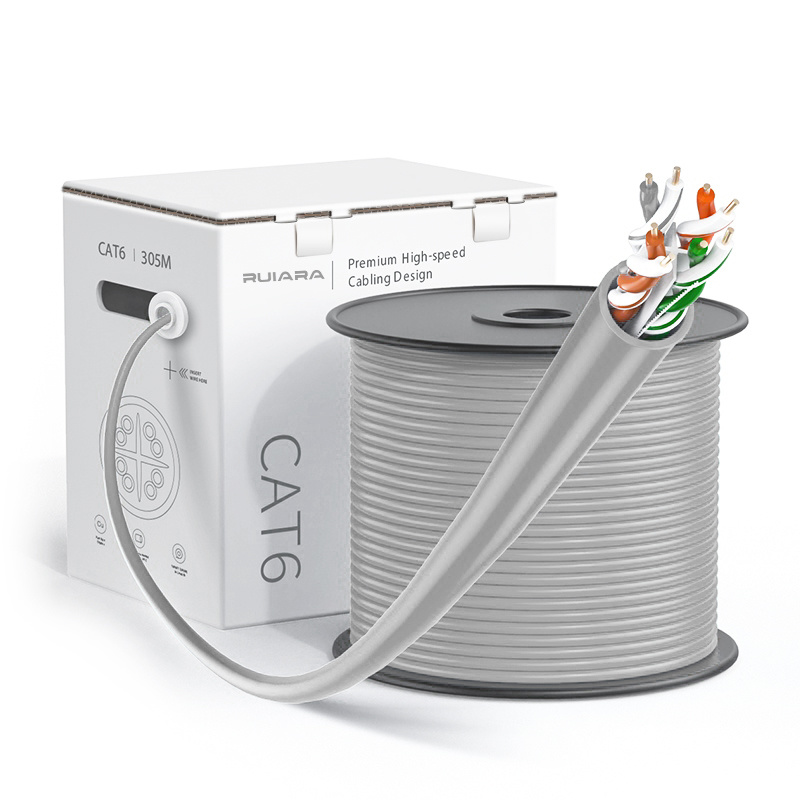LC Duplex vs LC Uniboot: Which Fiber Patch Cable Is Right for You?
2025-10
Introduction
When choosing LC fiber optic patch cables for data centers, telecom systems, or industrial networks, two common connector options are LC Duplex and LC Uniboot.
Although both are based on the same LC connector standard, their designs and structures differ — directly affecting cable management, airflow, and installation efficiency.
Understanding their differences helps you select the most suitable solution for your high-density or standard fiber environments.
Structure Comparison
An LC Duplex cable consists of two separate LC connectors (one for transmit, one for receive) held together by a clip. Each connector has its own duplex zip cord, typically 2.0 mm or 3.0 mm in diameter.
An LC Uniboot cable, on the other hand, uses a single, combined housing to hold both fibers in one body, allowing the transmit (Tx) and receive (Rx) fibers to share the same compact jacket.
This structure significantly reduces the cable volume — making it ideal for high-density data center racks and switch panels.
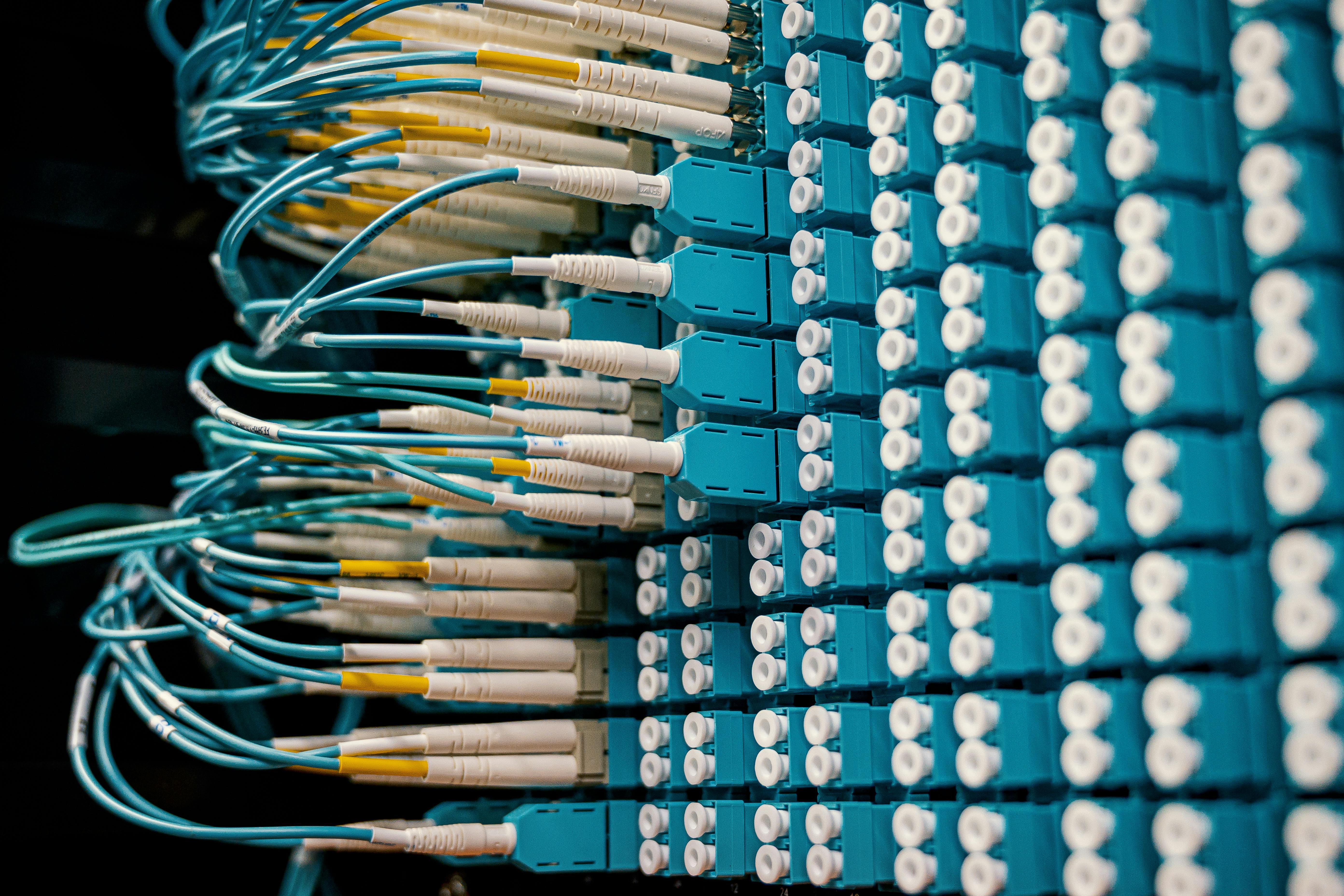
Comparison Table
| Feature | LC Duplex | LC Uniboot |
|---|---|---|
| Structure | Two separate connectors with a clip | Integrated dual-fiber design in one housing |
| Cable Diameter | Typically 2.0–3.0 mm per fiber | Usually 2.0 mm total (both fibers in one jacket) |
| Polarity Change | Requires tools or cable flipping | Easy polarity reversal without tools |
| Airflow Management | Moderate; more cables increase crowding | Excellent; single jacket improves airflow |
| Installation Density | Standard | High; ideal for dense patch panels |
| Durability | Slightly stronger individual connectors | Compact design, slightly more delicate |
| Cost | Lower | Slightly higher due to design complexity |
| Applications | General telecom, office networks, industrial use | Data centers, cloud computing, high-density connections |
Key Advantages
LC Duplex
- Economical and widely available
- Simple structure, easy to replace and repair
- Ideal for traditional telecom and general optical networking
LC Uniboot
- Space-saving: reduces cable bulk by up to 50%
- Improved airflow: better heat dissipation in high-density racks
- Tool-free polarity reversal: simplifies cable management
- Perfect for 400G/800G data centers, MPO-LC breakout, and switch interconnects
Application Recommendation
If your system requires standard spacing and low-density fiber connections, LC Duplex is the most practical and cost-effective option.
However, for modern data centers or high-density MPO/MTP cabling systems, LC Uniboot cables deliver superior efficiency, organization, and performance.
Conclusion
Both LC Duplex and LC Uniboot patch cables provide reliable performance and low insertion loss.
Your choice depends mainly on density requirements, budget, and maintenance preferences.
As data centers evolve toward higher bandwidth and compact layouts, LC Uniboot has become the preferred option for next-generation fiber connectivity.
PREVIOUS:
Related News
Sorry,当前栏目暂无内容!
您可以查看其他栏目或返回 首页
Sorry,The current column has no content!
You can view other columns or return Home
COOKIES
Our website uses cookies and similar technologies to personalize the advertising shown to you and to help you get the best experience on our website. For more information, see our Privacy & Cookie Policy
COOKIES
Our website uses cookies and similar technologies to personalize the advertising shown to you and to help you get the best experience on our website. For more information, see our Privacy & Cookie Policy
These cookies are necessary for basic functions such as payment. Standard cookies cannot be turned off and do not store any of your information.
These cookies collect information, such as how many people are using our site or which pages are popular, to help us improve the customer experience. Turning these cookies off will mean we can't collect information to improve your experience.
These cookies enable the website to provide enhanced functionality and personalization. They may be set by us or by third-party providers whose services we have added to our pages. If you do not allow these cookies, some or all of these services may not function properly.
These cookies help us understand what you are interested in so that we can show you relevant advertising on other websites. Turning these cookies off will mean we are unable to show you any personalized advertising.

